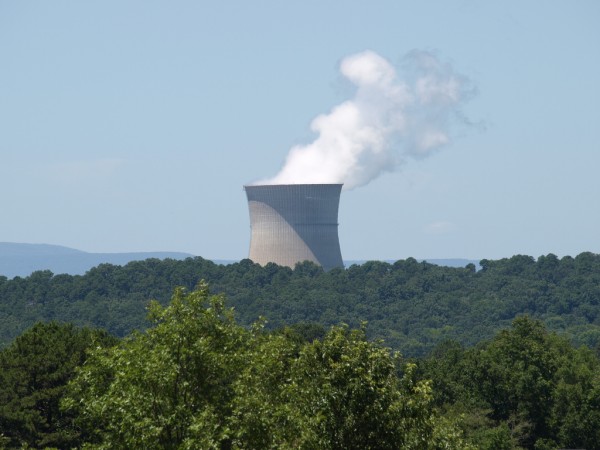“Daily sea ice extent as of July 21. The solid blue line indicates 2009 … the purple line shows 2008; and the solid gray line indicates average extent from 1979 to 2000.”
The blogosphere and scientific community are all abuzz as to whether 2009 will beat 2007 in minimum Arctic sea ice area. See, for instance, RealClimate’s “Sea ice minimum forecasts.” But while the Arctic ice’s two-dimensional measurements are easier to make, the more important record is the three-dimensional one, which looks to have been set in 2008 (see NSIDC stunner: Arctic ice at “Likely Record-Low Volume” and below).
Now the National Snow and Ice Data Center has a July 22 update, “Arctic sea ice extent tracking below 2008,” which notes:
During the first half of July, Arctic sea ice extent declined more quickly than in 2008, but not as fast as in 2007. As in recent years, melt onset was earlier than the 1979 to 2000 average. International sea ice researchers expect another low September minimum ice extent, but they do not yet know if it will fall below the 2007 record.
Arctic sea ice extent declined 37,000 square miles per day during this period, faster than in 2008 (34,000 square miles per day), but slower than in 2007 (43,000 square miles per day).
From the perspective of the death spiral of the Arctic ice system, it is the declining ice volume that is probably more important, since the increasingly thin ice simply has a tougher and tougher time recovering. The NSIDC put out an analysis of this back in May (see North Pole poised to be largely ice-free by 2020: “It’s like the Arctic is covered with an egg shell and the egg shell is now just cracking completely”).
Then in July some of the leading cryoscientists at JPL, the Polar Science Center at the University of Washington, and NASA published a major peer-reviewed article, “Thinning and volume loss of the Arctic Ocean sea ice cover: 2003-2008” (subs. req’d).
You can find a basic discussion of their findings here on NASA’s website, which points out, “Arctic sea ice thinned dramatically between the winters of 2004 and 2008, with thin seasonal ice replacing thick older ice as the dominant type for the first time on record.” That link has some excellent figures, like this one:
“ICESat measurements of winter multi-year ice cover in the Arctic Ocean between 2004 and 2008, along with the corresponding downward trend in overall winter sea ice volume, and switch in dominant ice type from multi-year ice to first-year ice.”
Between 2007 — the record low ice extent — and 2008, some 2000 cubic kilometers of Arctic sea ice were lost. Needless to say, if the recent trend in volume loss continues, the Arctic would be nearly ice free by 2020, which is the bet I’ve made (see “Another big climate bet – Of Ice and Men“).
So, if 2009 has a lower sea ice area than 2008, will that mean we see a record low volume? Not necessarily. I put that question to NSIDC today, and Research Scientist Walt Meier replied:
It is too early to say how 2009 will end up and what we might be able to say about the volume. One thing is that last fall a lot of first-year ice remained. Younger ice is thinner ice in general. That’s one reason why we thought 2008 was probably lowest. But that first-year ice thickened over the winter and this summer it is second-year ice, probably a bit thicker than last year. But some of that ice got moved out of the Arctic by the winds, so a lot depends on how much total ice and the proportion of ice of different ages in terms of making an assessment.
The big headline story this September will be the easily observed sea ice extent – and if it doesn’t beat the 2007 record, you can be sure the deniers will be jumping up and down (although presumably not on the thin Arctic ice). But the smart money will be looking at the volume, which will take a bit longer to determine.
In any case, the end — of a year-round ice-free Arctic — is nigh.
Stay tuned.
Related Posts:
- Exclusive: New NSIDC director Serreze explains the “death spiral” of Arctic ice, brushes off the “breathtaking ignorance” of blogs like WattsUpWithThat
- NSIDC: Arctic melt passes the point of no return, “We hate to say we told you so, but we did.”
- The International Polar Year: “Arctic sea ice will probably not recover
- Permafrost loss linked to Arctic sea ice loss




